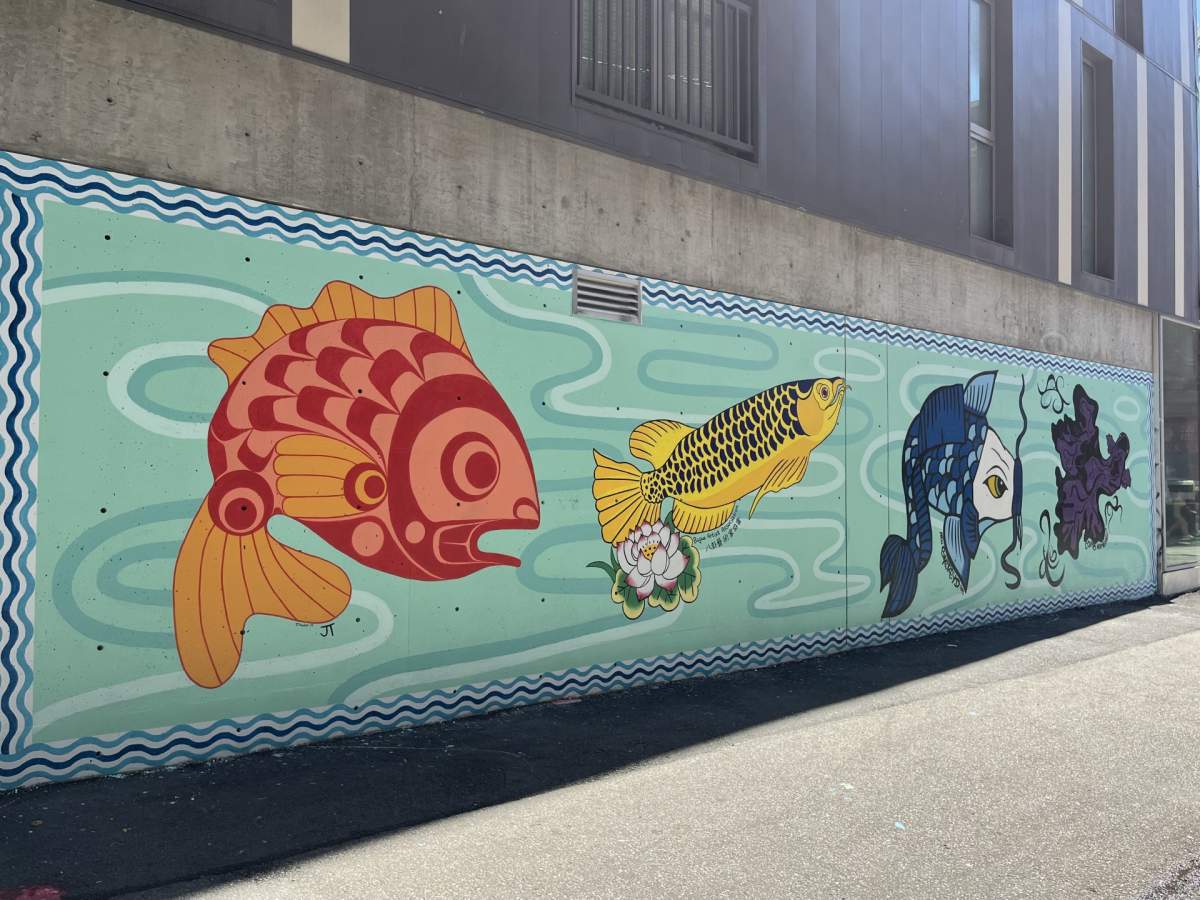One year after a Vancouver delegation returned from a trip south of the border to examine the revitalization of San Francisco’s Chinatown, the police and business leaders involved say the lessons learned are leading to progress back home.

Community engagement has really pivoted Chinatown’s direction, according to Vancouver Police Deputy Chief Const. Howard Chow, who said the neighbourhood’s vibrancy is returning with more people – including tourists – on the streets.
“The whole of community have stepped up and sent a message that it’s safe to come to Chinatown,” Chow told Global News in an interview.
San Francisco’s Chinatown struggled with some of the same safety issues Vancouver’s Chinatown is battling, but was able to bounce back with significant community investment.

The oldest Chinatown in North America is now known for its beautified laneways, bustling streets, graffiti removal within 24 to 48 hours, and a sense of safety.
Community leaders in Vancouver’s Chinatown want to build on that, and their efforts are getting the support of the ABC majority city council and different levels of government.
“The biggest change is that we’ve got a really positive vibe in the neighbourhood,” said Vancouver Chinatown BIA president Jordan Eng. “There’s a real sense of relief that the council has taken on Chinatown.”

Get daily National news
While the city has increased cleaning and garbage removal, complex social issues from the Downtown Eastside are still spilling into Chinatown, which saw mini encampments appear over the Labour Day long weekend.
As lanterns were strung along Columbia Street and graffiti tagging removed ahead of the third annual Light Up Chinatown event, businesses were cautiously optimistic about the future.
“I’d say things are generally kind of getting better but obviously you still kind of have your good days, your bad days,” said Private & Co. owner Perry Lam.
Lam wanted to help clean up the community and be part of the solution when he opened his men’s clothing store on East Pender Street in June 2022, but said dealing with the street disorder has been challenging.
“I think we’re all banding together and trying to build up the community again,” Lam told Global News in an interview Friday.
Chow said neighbourhood police officers are working with business improvement associations and trying to connect with merchants in an ongoing effort.
Some businesses have followed San Francisco in adopting a WhatsApp chat group, and Lam said it’s helped add a sense of safety and security.
“Just being able to call on a neighbour if somebody is unwanted in your store…especially when either the Chinatown security guard can’t come in time or when the police presence is not quite a 911 call,” Lam said.
Chow said anti-Asian hate is a lingering issue, and Chinatown residents still feel they’re being targeted.
“That fear still exists,” said Chow, and unsolicited and often racist tagging remains a problem. “It’s when the hate graffiti appears in Chinatown and it’s sprawled all over somebody’s private business, that’s where the problems lie.”
There are grassroots efforts to heal the divide, including a new mural off East Georgia Street east of Main.
Funded by the city of Vancouver and the David Lam Centre as a laneway activation project, the ‘Fishes of Saltwater City’ honours the historic fish shops of Chinatown, historical and cultural connection within the community, inclusiveness and diversity, and connection to the natural ecology.
The Chinese community has historically referred to Vancouver as the ‘Saltwater City’, a name passed down by Chinatown’s earliest settlers.
Led by the Bagua Artist Association, artists from the Indigenous, Chinese, Downtown Eastside and Hogan’s Alley communities were each asked to design a fish representing their culture.
Sean Cao with the Bagua Artist Assocation said he hopes the mural, which was finished in August, will help restore vibrancy to the community.
“For me, this mural is meant to honour the surrounding Chinese, Indigenous and Black communities, coming across an intersection of Chinatown, and the Downtown Eastside and Hogan’s Alley neighbourhoods that historically were displaced and oppressed in the city,” Cao told Global News in an interview Friday.
The message in the end, Cao said, is all fish can swim in the same body of water.
“We are, in fact, facing dissimilar struggles and coming together and working together to show this collective power,” added Katharine Yi with the Bagua Artist Association.










Comments